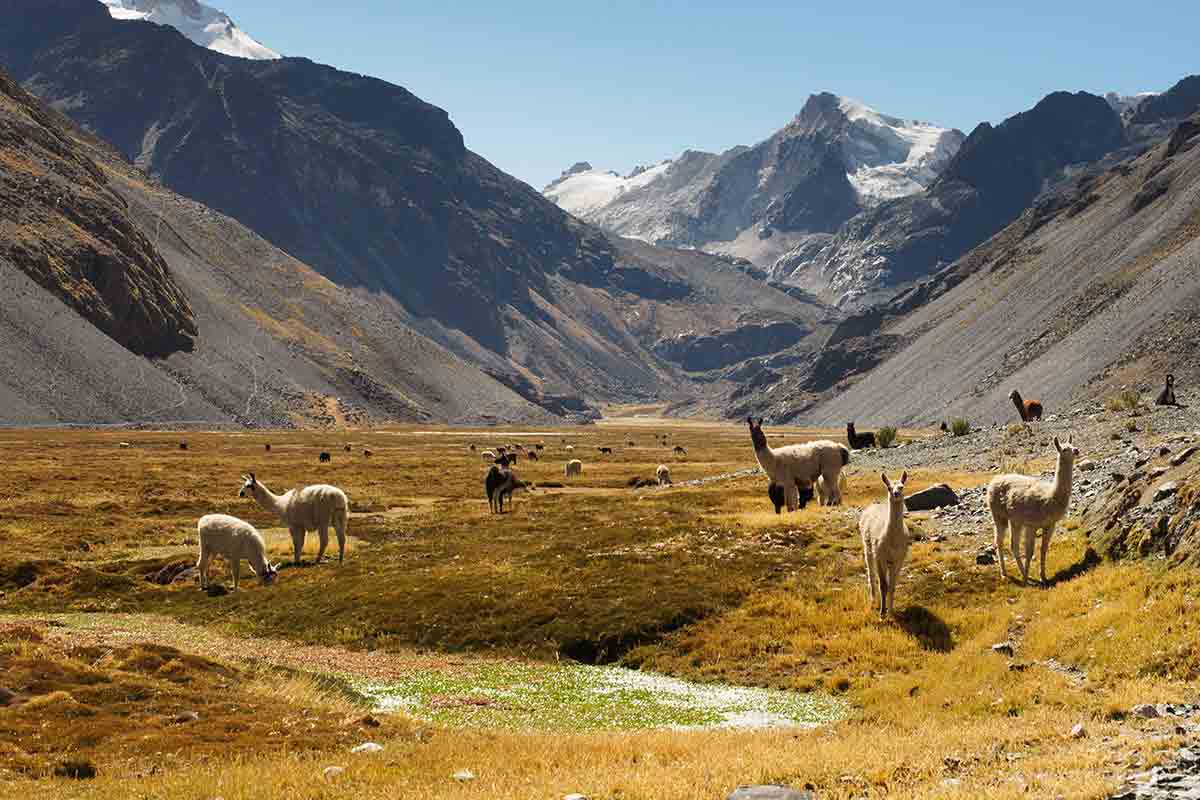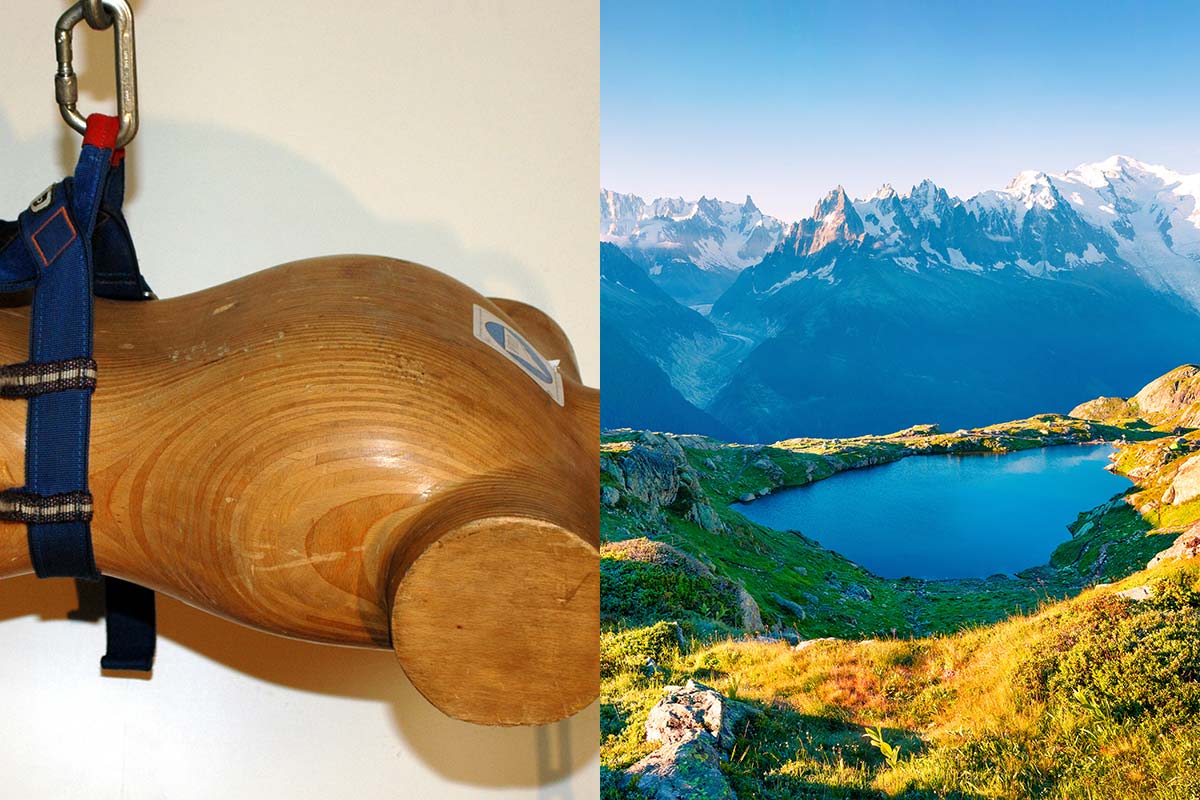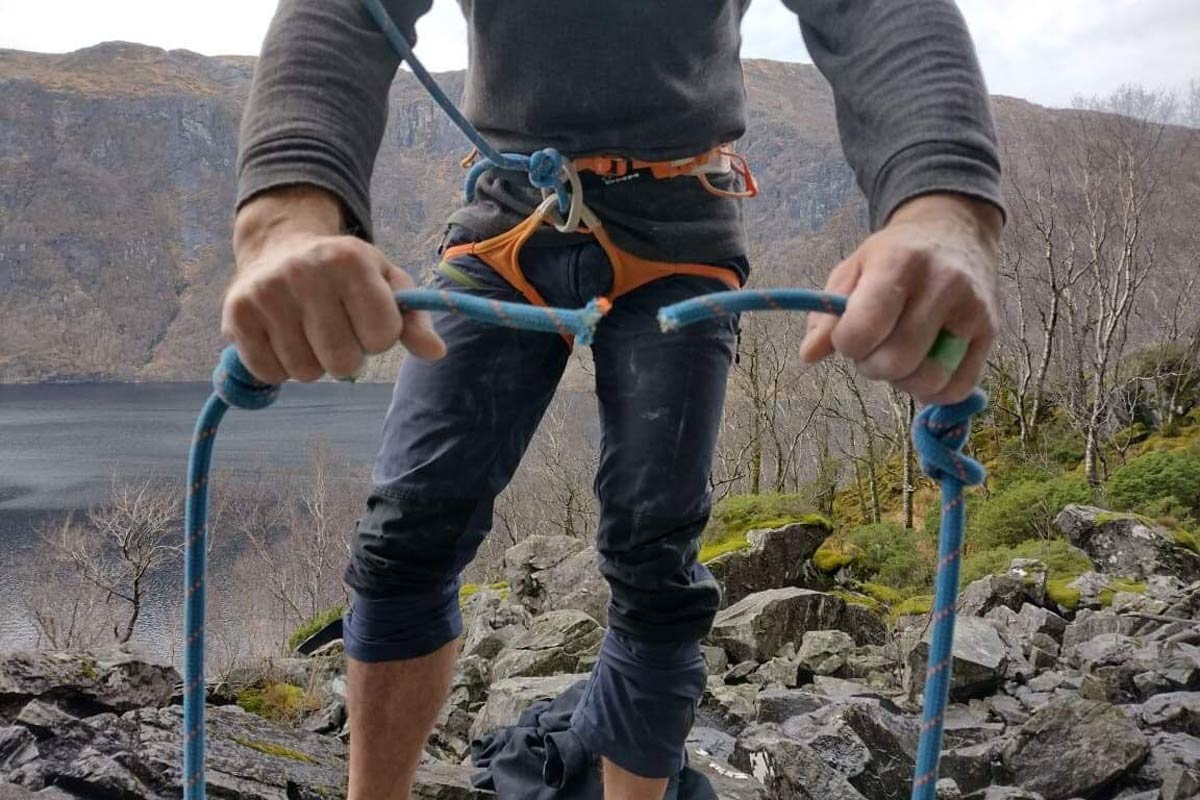This article forms part of a series created by the UIAA – International Mountaineering & Climbing Federation – for International Mountain Day, 11 December. An overview article about the UIAA & IMD can be found here.
For IMD, project leaders from UIAA Mountain Protection Award showcased projects have provided information on the progress of their projects, the importance of biodiversity – the theme of this year’s IMD – and the impact of Covid-19.
Study and Monitoring of Chachacomani Glacier
Organisation: Servizio Glaciologico Lombardo
Location: Bolivia
MPA edition(s): 2018
Many Bolivian glaciers, like Chachacomani, have never been studied and do not have a specific monitoring programme in place. However they play a very significant role in helping understand the scale of global and local climate changes and above all, they represent important water reserves. More than 27% of the water supplying the reserves of La Paz (administrative capital of Bolivia) and El Alto (new satellite city on Bolivian Altiplano), about two million inhabitants in total, derives from the melting of Cordillera Real glaciers.
Progress Report since 2018
The report – linked below – on the mass balance of the 2017-2018 hydrological season was developed by our scientific coordinators Paolo Gallo and Riccardo Scotti. In order to calculate the specific net mass balance referring to the 2017-2018 glaciological year, (December 2017 – November 2018) in the absence of data prior to the first monitoring in August, it was necessary to estimate the ablation that occurred in the period December 2017 – August 2018. The estimation was based taking into consideration the fusion recorded by the ablatometric stakes, the average daily radiation pattern and the areal variations of snow cover during the 12 months under examination by analyzing satellite images. Thanks to all of these elements, Servizio Glaciologico Lombardo calculated an estimated specific net balance of -0.2 meters in water equivalents.
A video overview of Servizio Glaciologico Lombardo’s first mission can be found here:
In 2019, due to a lack of coordination, the data received from Bolivian operators were insufficient to process an update of the mass balance.
This year, 2020, after the forced stop for Covid-19, and despite the limitations on people’s movement, the team produced a great effort in managing to carry out most of the surveys. Data is now being assessed. “We hope that in 2021 the pandemic will be over and we can carry out the mission that we should have done this year with the Servizio Glaciologico operators,” explains Paolo Pagliardi, General Coordinator of the Bolivia project.
Pagliardi continues: “With regard to the humanitarian side of the project, in addition to general home and dental hygiene lessons, we would like to make dental visits to all the children in the village and start a topical and systemic fluorination programme. I work as a dentist, Laura Posani is a pediatrician and Camilla Cecchini is a nurse with experience in projects of this type. If possible we would like to give continuity and control to the health project over time through a local social worker, if the funds we will be able to collect will allow it.”
Servizio Glaciologico Lombardo with biodiversity
The Chachacomani valley is a particular environment for bofedales (wetland areas). These areas are rich in biodiversity and are fundamental in sustaining a typical Andine fauna and local flora, animal life and providing shelter for many species of migratory birds.
The bofedales represent the ideal pasture for camelids including llamas and alpacas. Pastoralism in these environments is one of the few forms of livelihood, about 30,000 people live less than 10km from the Cordillera Real and are amongst the poorest in South America. The bofedales remain green and therefore humid all year round thanks to the rainfall that occurs during the wet season but also thanks to the melt water from the glaciers that flows practically all year round.
Climate change, but also unsustainable forms of grazing, are endangering the balance of these delicate ecosystems which represent real oases for living species compared to the surrounding semi-arid high altitude environments that offer few habitats. Chachacomani is one of the largest glaciers in the real cordillera, thanks to its meltwater it supports an extensive system of bofedales. Monitoring the dynamics of the glacier is therefore an important factor in knowing the future but also in being able to better manage these important and fragile ecosystems.
Support the Project through fundraising here:
http://www.servizioglaciologicolombardo.it/bolivia/donate.html
Recent Reports:
http://www.servizioglaciologicolombardo.it/bolivia/spedizione1/spedizione1.htm
http://www.servizioglaciologicolombardo.it/bolivia/spedizione1/Progetto_ghiacciaio_Chachacomani_relazione.pdf
Information courtesy of Paolo Pagliardi, General Coordinator of the Bolivia project
Other profiled projects include:
Patagonia Waste Management, Argentina
Save the Barun, Nepal
Swat Project, Pakistan
John Muir Trust, UK
FURTHER READING
The UIAA has also recently commenced a series profiling past Mountain Protection Award winners. Following recent profiles on the progress made by Mountain Wilderness France (2016) and AlpineLearning Project Weeks (2019) – the recent focus turned to 2017 winner Mount Everest Biogas Project (MEBP).
PROJECT PARTNER
Bally is a Swiss luxury brand established in 1851, with a rich heritage in shoemaking, and a longstanding relationship to architecture, arts and the environment. Today, the brand offers unique designs across shoes, accessories and ready-to-wear, driven by a dedication to craftsmanship and a contemporary aesthetic. Bally has over 300 retail stores and 500 multi-brand points of sale that span across 66 countries worldwide, including a global e-commerce platform serving 34 countries. For more information, please visit Bally.com




